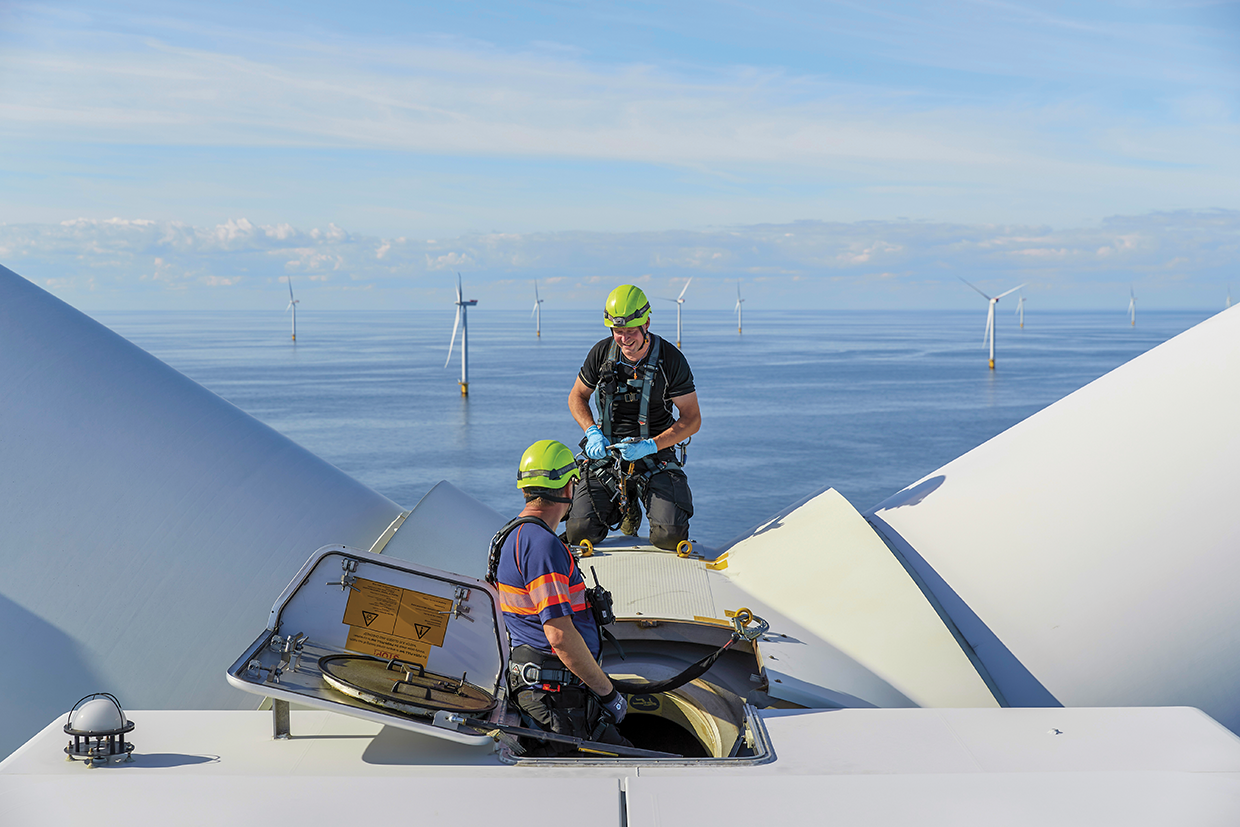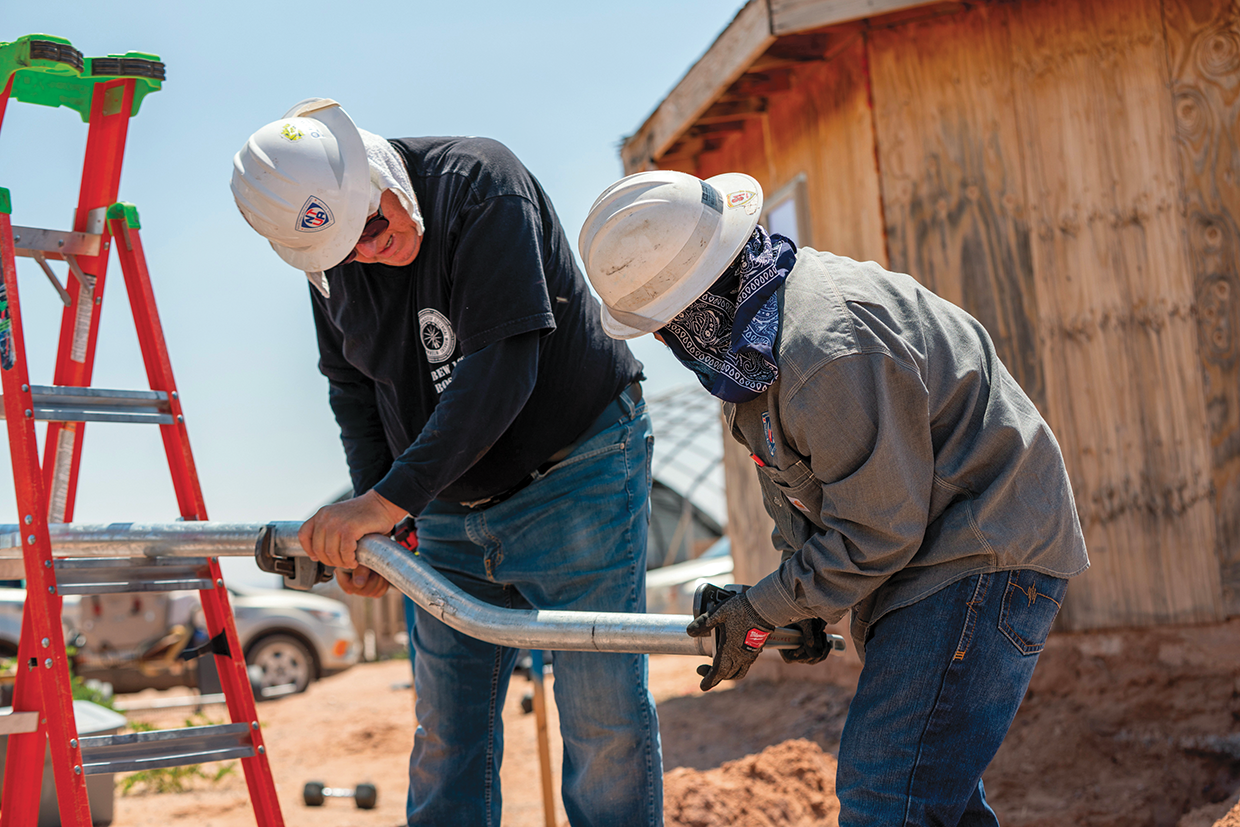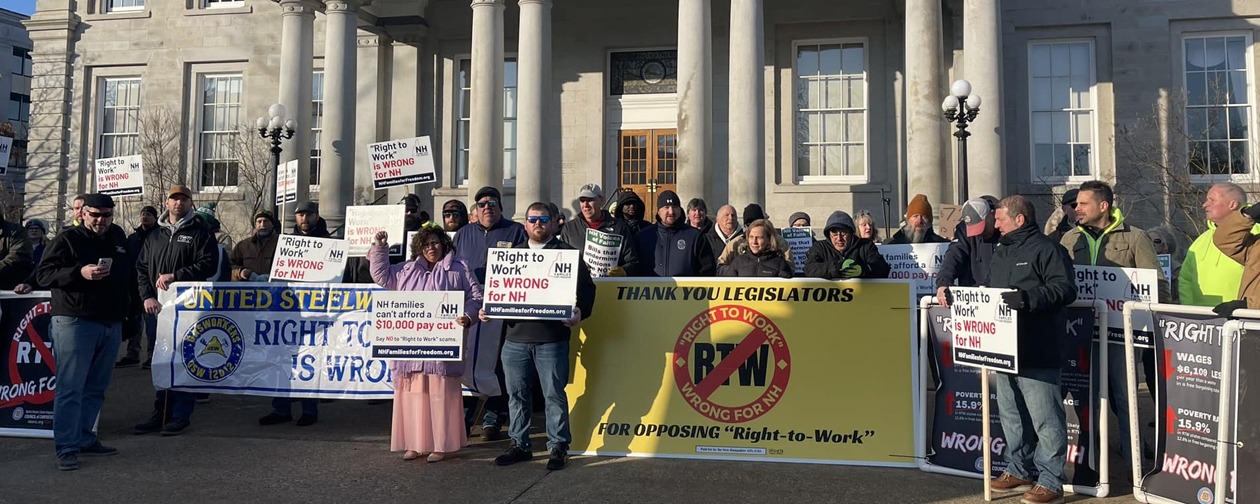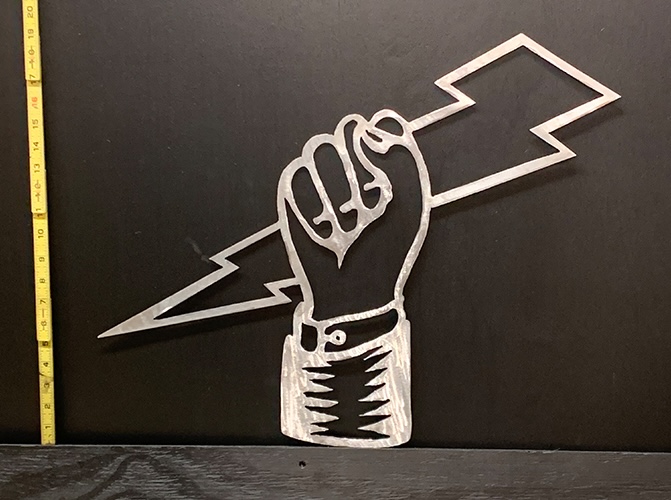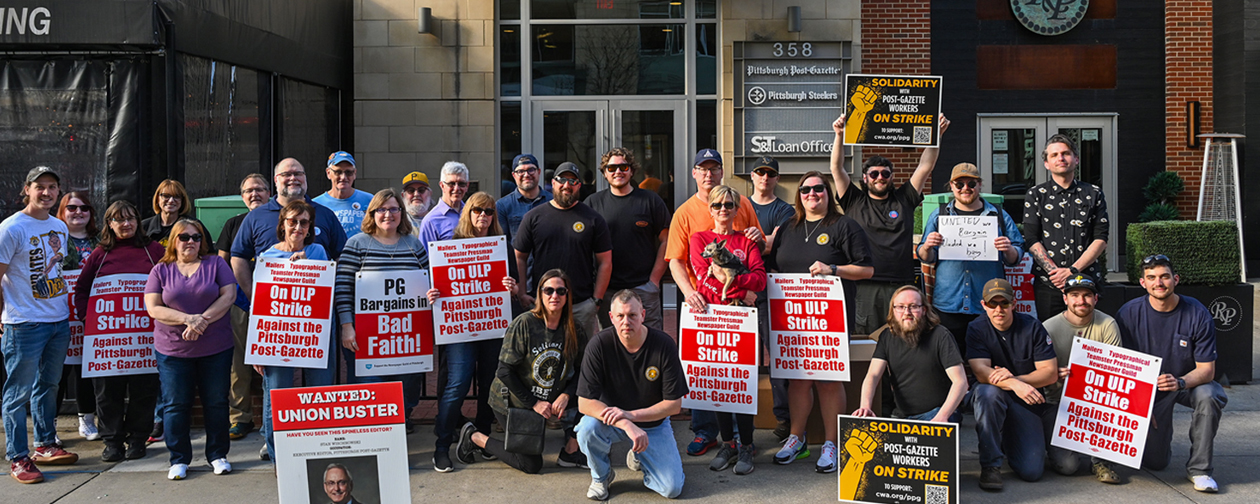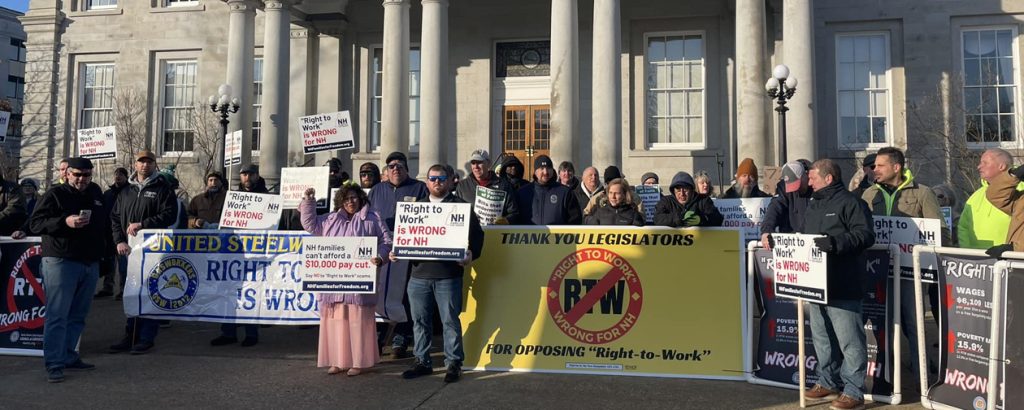Editor’s note: After this article was prepared for publication, the U.S. District Court for the District of Columbia issued an injunction blocking the Trump administration’s stop-work order on the Revolution Wind project.
The reversal was only a preliminary injunction, allowing Ørsted to continue work on the 80%-complete project while its case to permanently quash the order moves forward.

The Trump administration is escalating its attacks on major renewable energy projects and the thousands of union jobs that power them, just as the grid faces historic strains from ballooning demand.
In one of the latest examples, the Bureau of Ocean Energy Management issued a stop-work order on the Revolution Wind project off the coast of Rhode Island in late August — months before it was due to start supplying energy — citing unspecified national security concerns.
Lee Zeldin, the Environmental Protection Agency administrator, soon contradicted the justification for the decision on Fox News. “The president is not a fan of wind,” Zeldin said.
The stop-work order was the most high-profile step in the Trump administration’s late summer escalation of its war against wind power. As of this writing, this has included the cancellation of at least two permitted projects nearing construction, the termination of $700 million in infrastructure projects and the creation of a Cabinet-level committee that will “investigate” all existing renewable energy projects in the country.
“I’ve never seen anything like it in my life,” International President Kenneth W. Cooper said after the Revolution Wind announcement. “This is power we desperately need. … Years of work down the drain, hundreds of millions of dollars and dozens of workers sitting idle on a dock, because one man isn’t a fan?”
Cooper compared the stop-work order to the Keystone XL pipeline drama a decade ago.
“I know that upset many of our members. This is worse, way worse, than Keystone,” Cooper said.
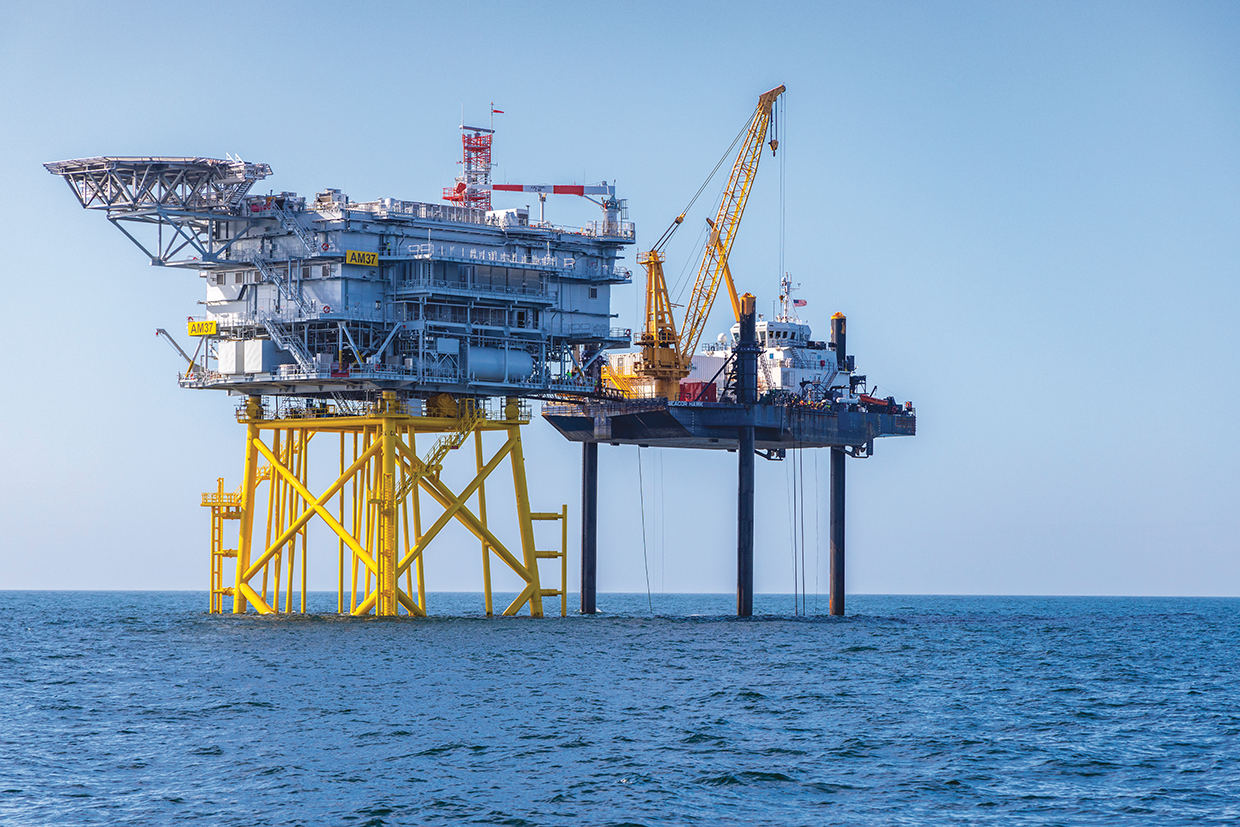
Construction on the multibillion-dollar Revolution project began in 2023. Forty-five of the 65 turbines have been fully installed, and the pilings are in place for the final 20, according to developer Ørsted. The government originally approved the 13,700-acre lease of the Revolution Wind area in early 2020, during the first Trump administration. In early September, Ørsted announced that it will sue to reverse the order. Connecticut and Rhode Island soon followed.
Providence, R.I., Local 99 members have already logged several hundred thousand work hours on hundreds of calls for Revolution Wind, according to Business Manager Joe Walsh. Jurisdiction is split with Boston Local 104, whose outside construction members have been throughout the project. The substations, wiring and interconnect were contracted to IBEW signatory contractors, and Local 99 members also built and maintain the $100 million factory Ørsted built on the Providence docks.
“I had 50 jobs there for two years. It was a massive investment for the Port of Providence, and very welcome,” Walsh said. “The belief was that there would be more leases and more projects up and down the East Coast and they would be built right here,” he said.
The expectation that there would be years of work drove the state and the IBEW to create an offshore wind certification program, said Second District Business Development Representative Joe Casey. The average fee for the certification is more than $3,000 per worker, plus time off work, and the certification expires after two years.
“You want them working that whole two years, of course, and now they aren’t. So even if they restart this project, we are set to lose the whole pool of certified workers, and we have to ask: If the president declares war not just on your job but your specialty, your entire industry, why would anyone get recertified?” Casey said.
In addition to Local 99 members, members from New York Local 3 and Brockton, Mass., Local 223 have been certified through programs partially funded by the JATC.
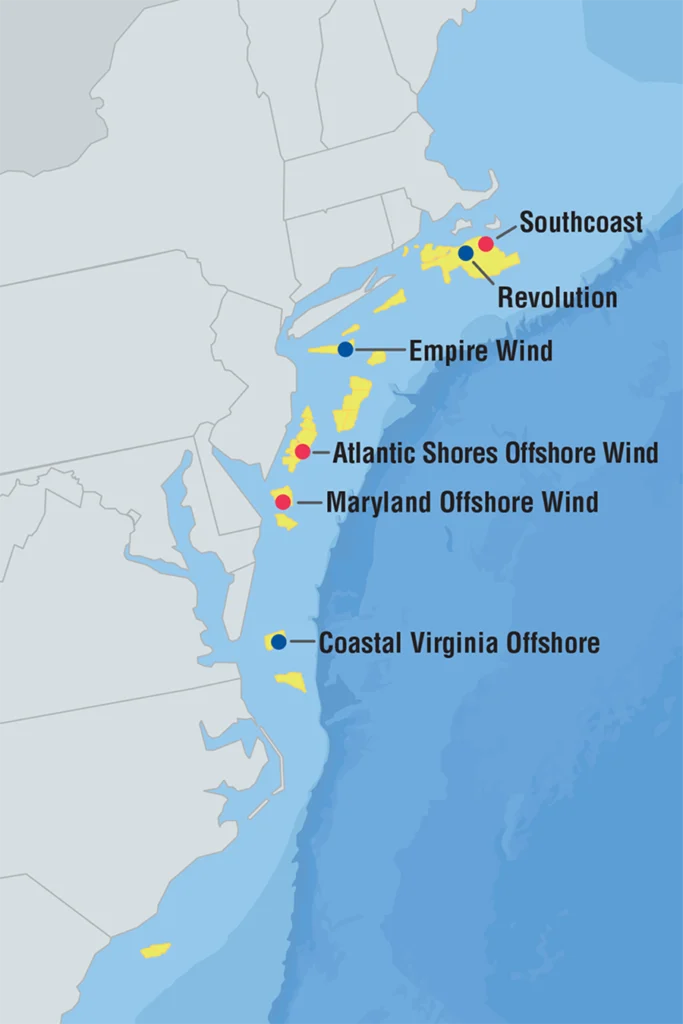
Offshore Generation Projects Dead and Threatened
Each of these projects (• Blue ones are under construction; • Red ones are permitted) has been threatened or killed by the Trump administration’s opposition to wind generation. Together, they represent nearly 11.5 gigawatts of lost generation and hundreds of millions of dollars in lost wages. Trump also revoked previously issued permits in the 3,800 square miles outlined in • yellow, an area 2.5 times larger than the state of Rhode Island.
‘The Wind Thing’
Shortly after his inauguration, Trump suspended new federal wind leases, slashed the IBEW-written tax credits program for clean energy generation, and sent steel and aluminum tariffs into the stratosphere. He also announced an “investigation” of existing permits.
“We aren’t going to do the wind thing,” Trump told his supporters on Inauguration Day, while twirling his index finger in the air like a spinning blade. “Big ugly windmills, they ruin your neighborhood.”
This baffled Walsh.
“What neighborhood? It’s 15 miles in the ocean. It’s not a neighborhood,” he said. “It is also a documented fact that tourism to Block Island actually increased after the wind farm went up, to the contrary of what the opponents claimed would happen.”
The project was expected to begin supplying enough power for 350,000 homes next year, with power purchasing agreements in place for the next 20 years. How the energy generation gap will be filled now is anyone’s guess.
“Canceling Revolution Wind is not just hurting IBEW members. Power costs in the Northeast are already ridiculous. Revolution Wind certainly would not solve the problem, but it would have helped,” said Dave Keating, renewable energy government affairs representative for the Second District.
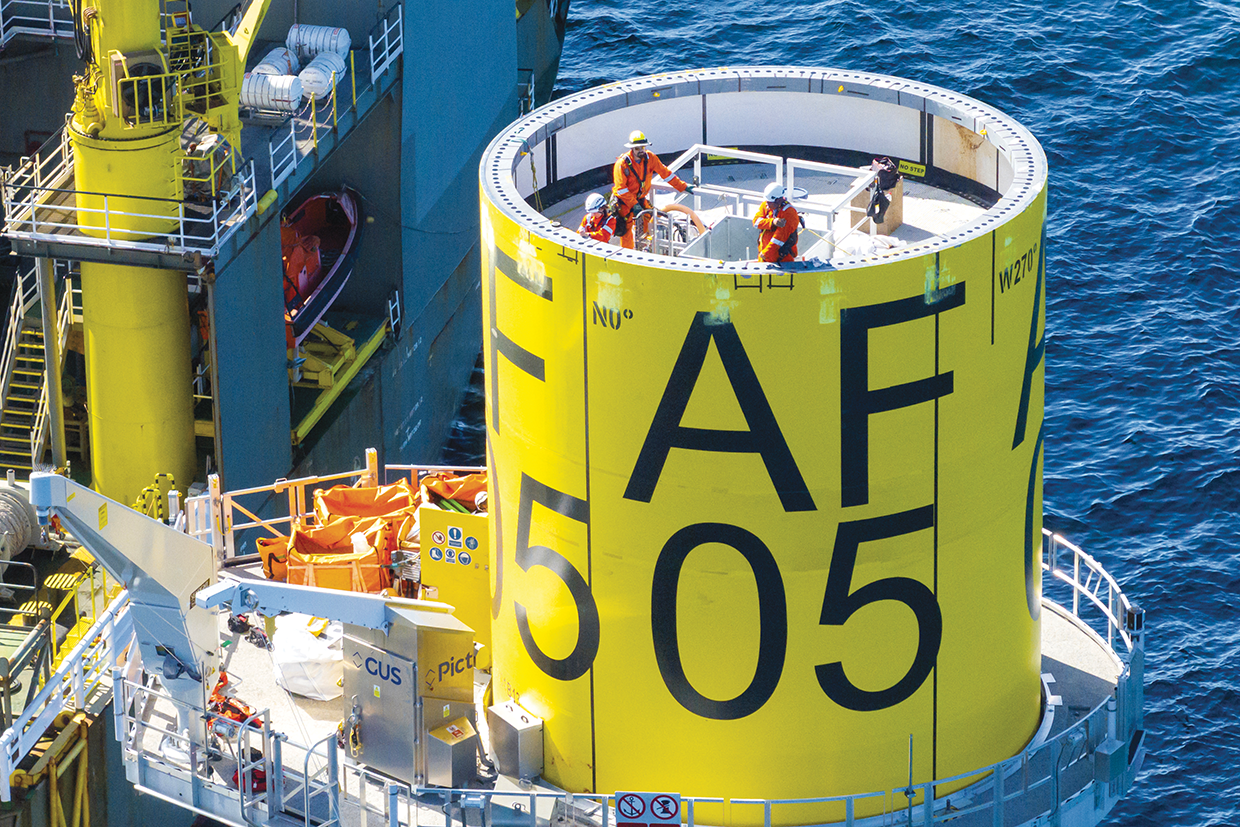
The cancellation not only throws the Revolution Wind project into chaos, but it also threatens every wind power generation project — the largest source of clean power in the country — and thousands of union jobs.
When Trump took office, there were four offshore wind projects under construction in the U.S.: Revolution, Vineyard, Empire and Coastal Virginia. He stopped work on Empire and Revolution, announced his hope to stop the other two, and threatened to rescind approvals for every permitted project that hasn’t yet broken ground.
The executioner’s ax also hangs over the largest offshore project, the $10 billion, 2.6-gigawatt Coastal Virginia Offshore Wind project.
At least 200 members of Washington, D.C., Local 70 are building transmission lines and substations, splicing cable, and supporting the directional boring. The 176 6-megawatt turbines off the coast of Virginia Beach were set to start adding power to the grid by the end of 2026.
One of the first planned projects to fall was the 1,500-MW Atlantic Shores near Atlantic City, N.J. In April, the EPA pulled the Clean Air Act permit. By June, Atlantic Shores had filed a request with state regulators to get out of its contract to sell energy into the state, and in August the state canceled the deal.
In a court filing in the U.S. District Court in Delaware dated Aug. 19, Trump announced plans to withdraw approval for the $6 billion Maryland Offshore Wind Project.
Wilmington, Del., Local 313 and Philadelphia Local 126 have a memorandum of understanding on the project and port improvements, said Third District Business Development Representative Ed Hill Jr. Baltimore Local 24 was expecting to send 150 to 200 calls for port improvements, a monopole manufacturing plant, onshore turbine wiring and facility maintenance at Sparrows Point, the former home of Bethlehem Steel.
“That work is dead,” Hill said.
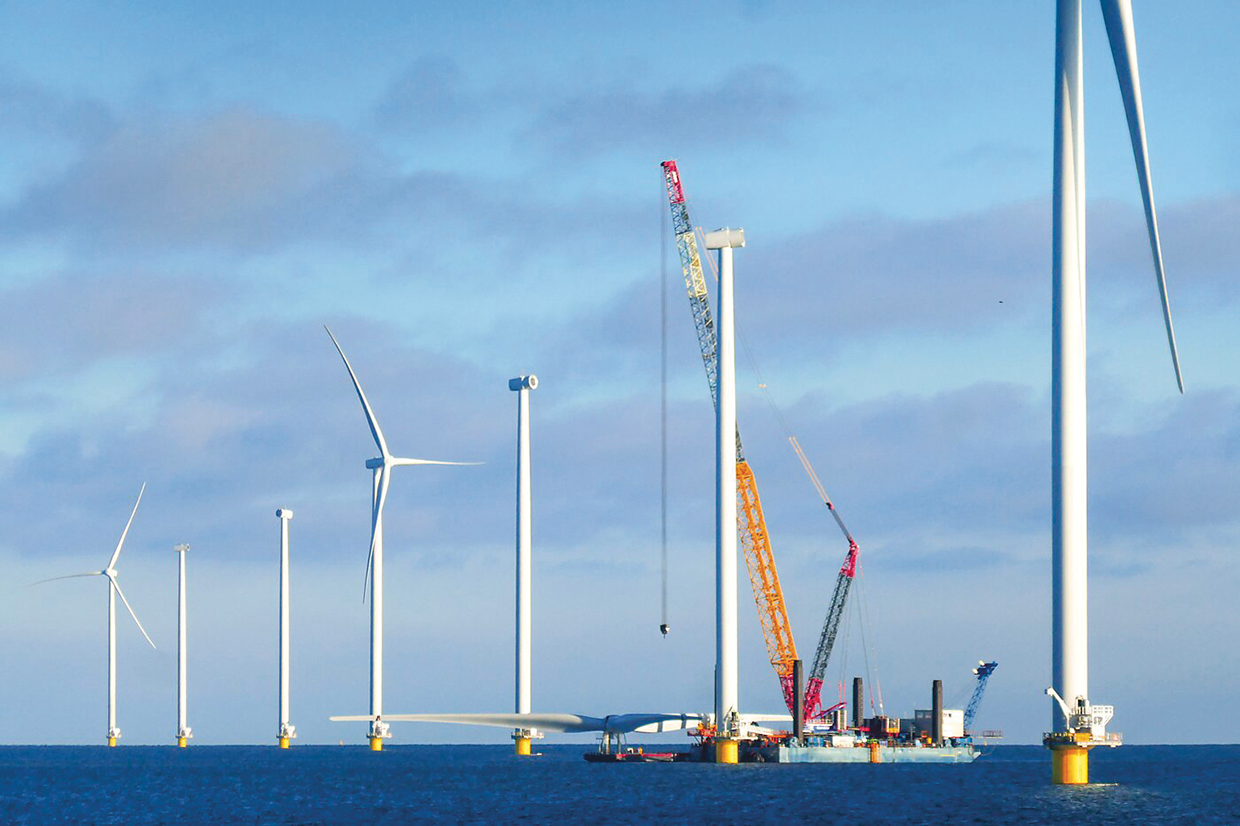
That same week, in another court filing, Trump announced that the administration is reconsidering federal approvals for the Southcoast Wind project off the Massachusetts coast. Then in September, the Interior Department announced its intention to vacate approval for Avangrid’s New England Wind 1 and 2.
In June, the Interior Department took the extraordinary step of rescinding all designated “wind energy areas” on the Outer Continental Shelf, areas that previous administrations, including Trump’s first term, had determined were suitable for offshore wind development.
The war on wind isn’t just taking down generation projects. In August, the Energy Department terminated a $4.9 billion loan guarantee approved by the Biden administration for the Grain Belt Express, an 800-mile-long transmission line across the Midwest with an IBEW project labor agreement in place.
The IBEW has been pushing for its construction for more than a decade.
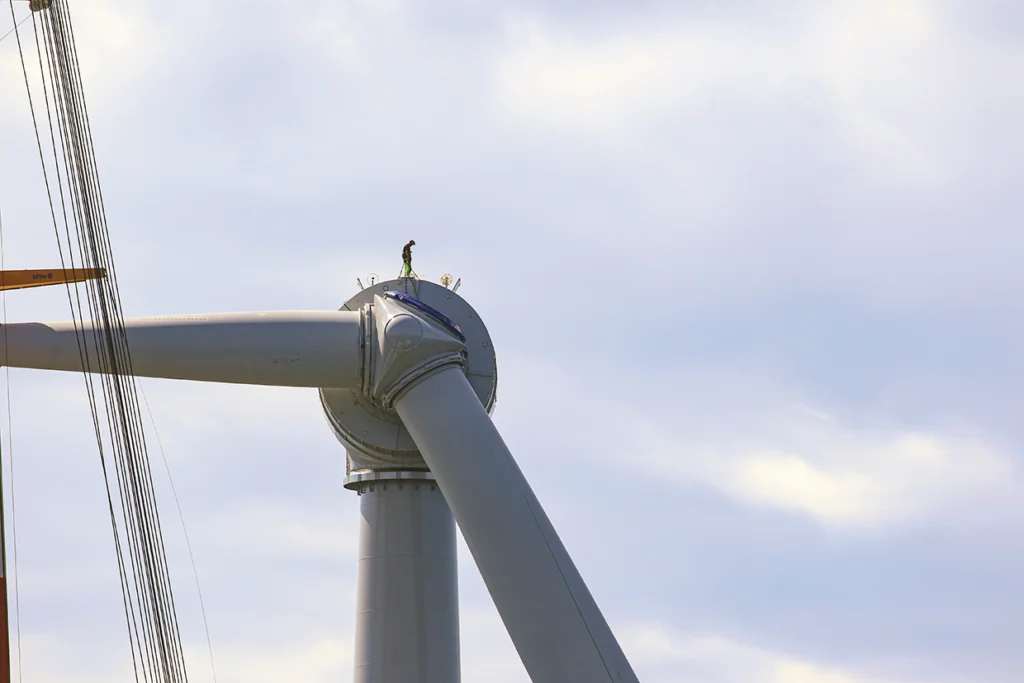
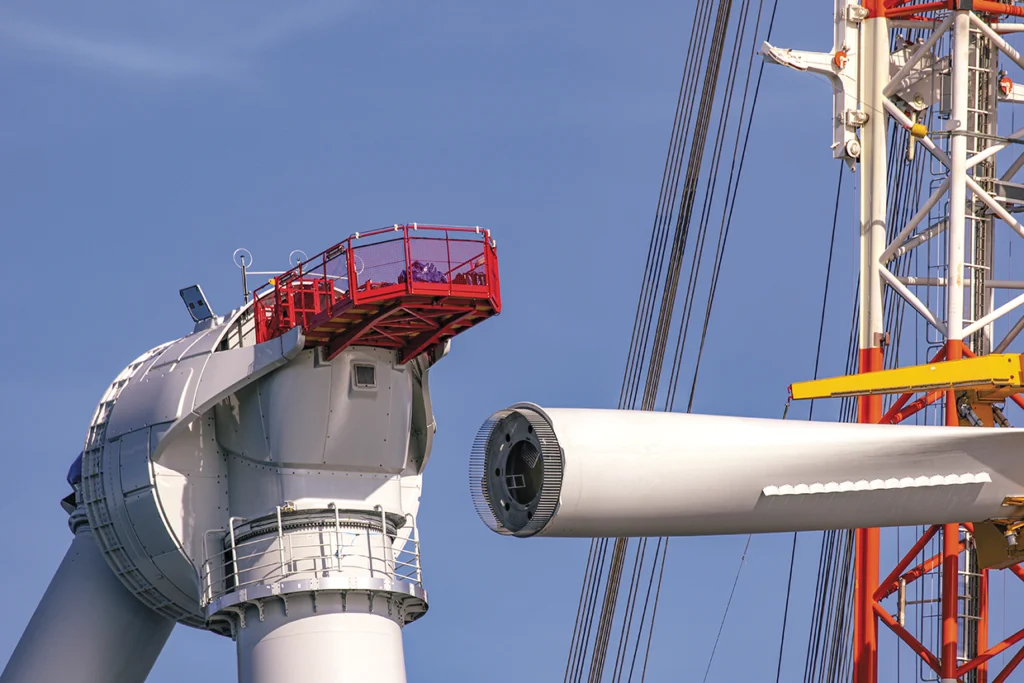
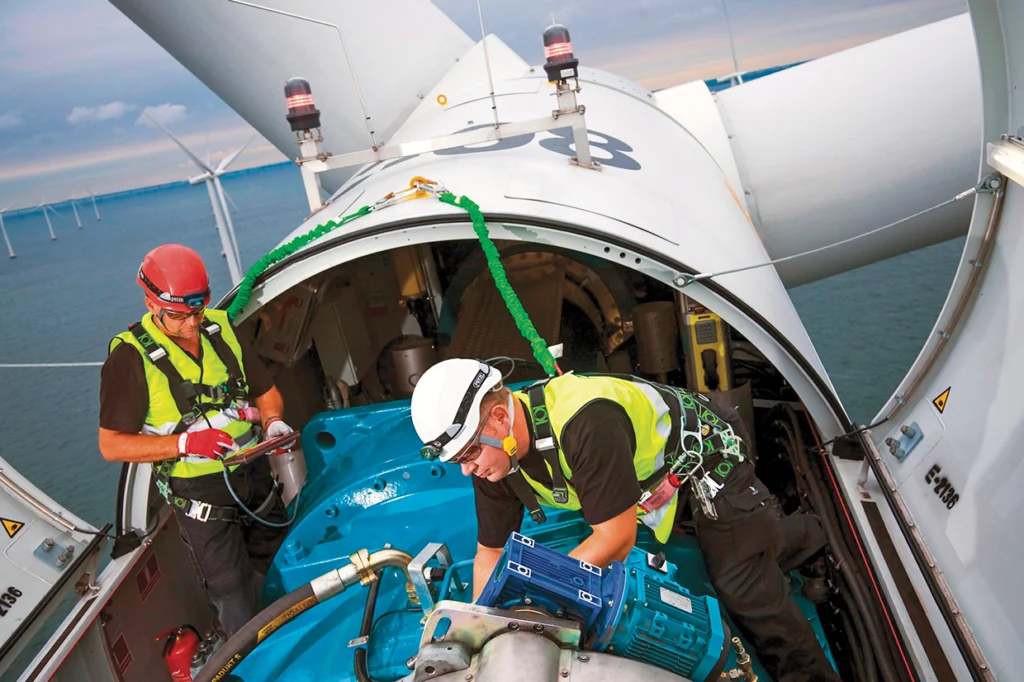
Changeable as the Wind
As in so many of the president’s economic pronouncements, after some chaos, he may retreat.
That is what happened during a chaotic few weeks this spring. Interior Secretary Doug Burgum halted the billion-dollar Empire Wind project in New York after construction had begun.
First, he claimed on social media that scientists at the National Oceanic and Atmospheric Administration had uncovered flaws in the approval process.
But the “report” Burgum ordered from NOAA was never made public, and a FOIA request yielded page after page of blacked-out text.
Project owner Equinor said the order was unprecedented and illegal.
By mid-May, the Trump administration reversed course and allowed the project to proceed. Equinor reported that the chaos caused by the halt order cost the company close to $1 billion.
The result has been a collapse of the wind industry. Since the 2024 election, TotalEnergies has shelved a planned offshore wind energy projects that had been in development for four years. Oil giant Shell announced a $1 billion loss, more than half of which was from an offshore wind project. And Ørsted recorded a $1.7 billion hit to its U.S. offshore wind business and slashed its capital investment plans through 2030 by 25%, all according to reporting in the Wall Street Journal.
“Businesses hate uncertainty. This is chaos. One of our developers told me they are sitting on $1 billion because they have no idea what is happening. They want to hire us, stick that money in our wallets, but they won’t,” Hill said.
Offshore wind is one of the only clean energy sources available for the densely populated and power-hungry East Coast. The projects are nearly all built under project labor agreements with the building trades. These projects have also funded hundreds of millions of dollars of improvements to formerly quiet waterfronts in New England and Baltimore.
And even if developers want to ramp up gas generation, new turbines are back-ordered for years and prices have increased 50%.
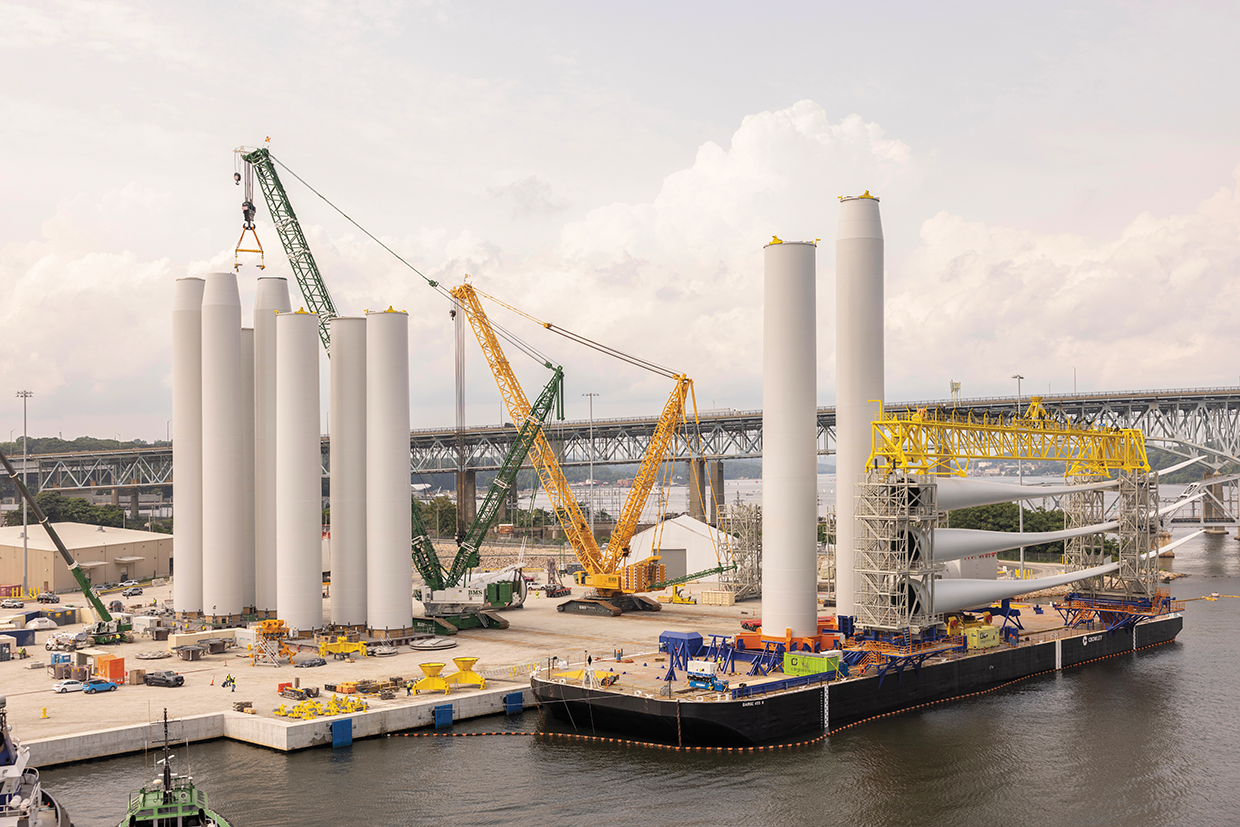
At a news conference in the days after the stop-work order was announced, in front of dozens of hardhat-wearing union workers, including dozens of IBEW members who are facing layoffs, Connecticut Gov. Ned Lamont said he thought, or at least hoped, that it was just another Trump shakedown, but he didn’t know what the White House was demanding.
“I don’t know what the ask even is,” he said.
Meanwhile, the IBEW is still calling for an all-of-the-above generation construction boom.
“This country needs all the generation it can build — all fuels, all sources. Our global competition in China and Europe is battering us,” said Government Affairs Director Dean Warsh.
While China builds 3 MW of solar for every 1 MW built by the rest of the world, large portions of the U.S. are at risk of rolling blackouts, according to a recent report by the North American Electric Reliability Corporation.
“Whether you or me or anyone likes it, renewables are, right now, the fastest and cheapest way to put more electrons on the grid. Picking sides hurts our members and is crippling the country,” Warsh said.
Working families, meanwhile, are squeezed by missed paychecks, higher energy prices and an uncertain future.
Casey is worried about what this all means for New England. Employment may be setting records in parts of the rest of the country, but that’s in jeopardy in the Northeast.
“We have to get the word out. We had all this stuff going, and it’s evaporating. Once the existing infrastructure projects come to an end, we will be in big, big trouble,” he said. “I don’t want to see this. I lived through it. I was unemployed. And I traveled all over the place, and it sucks. This is devastating to working people.”
